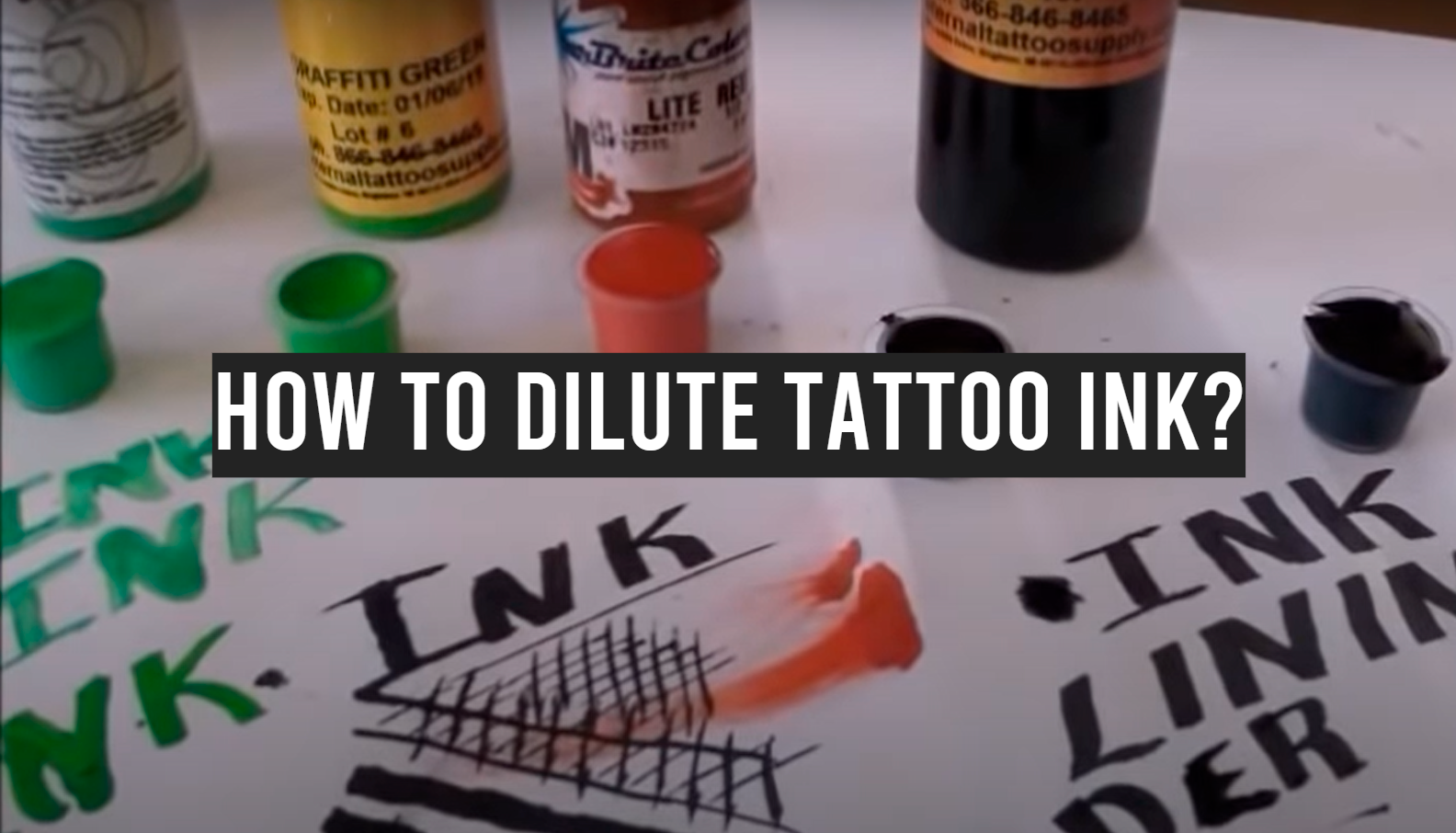The Art Of Tattoo Ink Dilution: Techniques And Best Practices
The Art of Tattoo Ink Dilution: Techniques and Best Practices
With great pleasure, we will explore the fascinating matter around The Art of Tattoo Ink Dilution: Techniques and Best Practices. We are ready to share exciting details and present fresh interpretations.
Video about The Art of Tattoo Ink Dilution: Techniques and Best Practices
The Art of Tattoo Ink Dilution: Techniques and Best Practices

Tattoo ink dilution is an essential technique in the art of tattooing, allowing artists to achieve a wide range of colors, shades, and tonal variations. Properly diluting tattoo ink can enhance the overall appearance of a design, create subtle nuances, and add depth to a tattoo. In this article, we will explore the basics of tattoo ink dilution, various techniques, and provide best practices for tattoo artists.
Understanding Tattoo Ink Dilution
Tattoo ink dilution involves mixing a tattoo ink with a diluent, typically distilled water or a specialized diluent solution, to achieve a specific consistency and color strength. The process of diluting ink allows tattoo artists to:
- Adjust color strength: Diluting ink helps to achieve the desired color intensity, from subtle pastels to vibrant, saturated hues.
- Create subtle nuances: By adjusting the ink’s viscosity and color strength, artists can create smooth transitions and subtle tonal variations.
- Achieve unique effects: Diluting ink can help create special effects, such as watercolor-style blends, subtle gradations, and textured surfaces.
Types of Tattoo Ink Dilution Techniques
Tattoo artists employ various dilution techniques to achieve the desired effect. Some common methods include:
- Drop-by-drop dilution: This technique involves adding a single drop of diluent to the ink at a time, mixing, and checking the color strength. This approach allows for precise control over the dilution process.
- Measuring dilution: Artists use a measuring device, such as a pipette or a precision cup, to accurately measure the diluent and ink quantities.
- Visual dilution: This method involves assessing the ink’s color strength and viscosity by eye, adjusting the dilution as needed.
Dilution Ratios and Guidelines
Establishing a standard dilution ratio can help ensure consistency and accuracy. Some common dilution ratios include:
- Standard dilution ratio: 1 part ink to 1 part diluent (1:1).
- Weak dilution ratio: 1 part ink to 2 parts diluent (1:2) or more.
- Strong dilution ratio: 2 parts ink to 1 part diluent (2:1) or more.
When diluting ink, it’s essential to follow these guidelines:
- Start with a small amount of diluent: Begin with a small amount of diluent and gradually add more, checking the color strength and viscosity as you go.
- Use a clean mixing surface: Always mix ink on a clean, sterile surface to prevent contamination.
- Mix thoroughly: Mix the ink and diluent thoroughly to ensure even distribution of the color.
Diluent Options and Considerations
Closure
We hope this article has provided a thorough understanding of The Art of Tattoo Ink Dilution: Techniques and Best Practices. Thank you for your time and interest. Stay tuned for more articles!.
